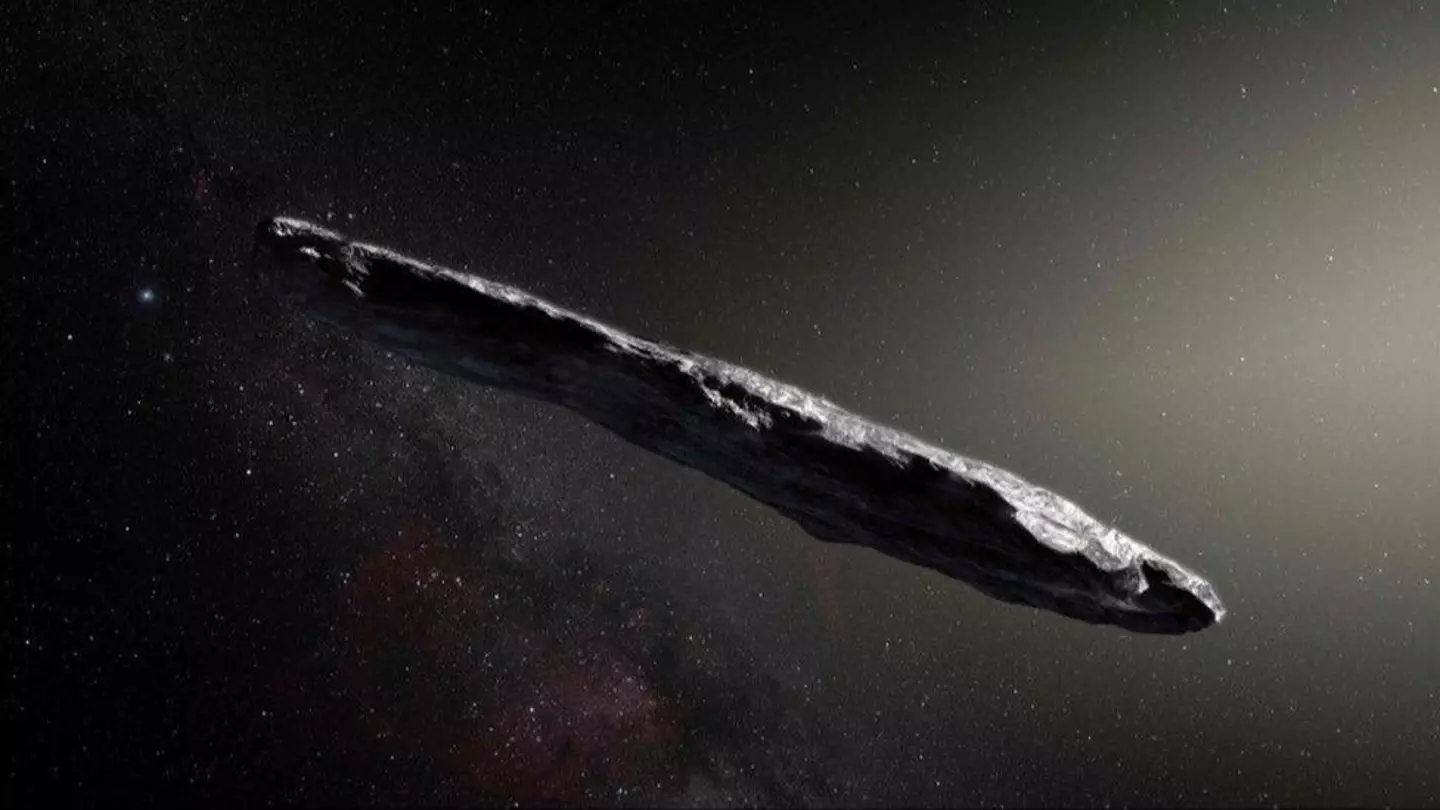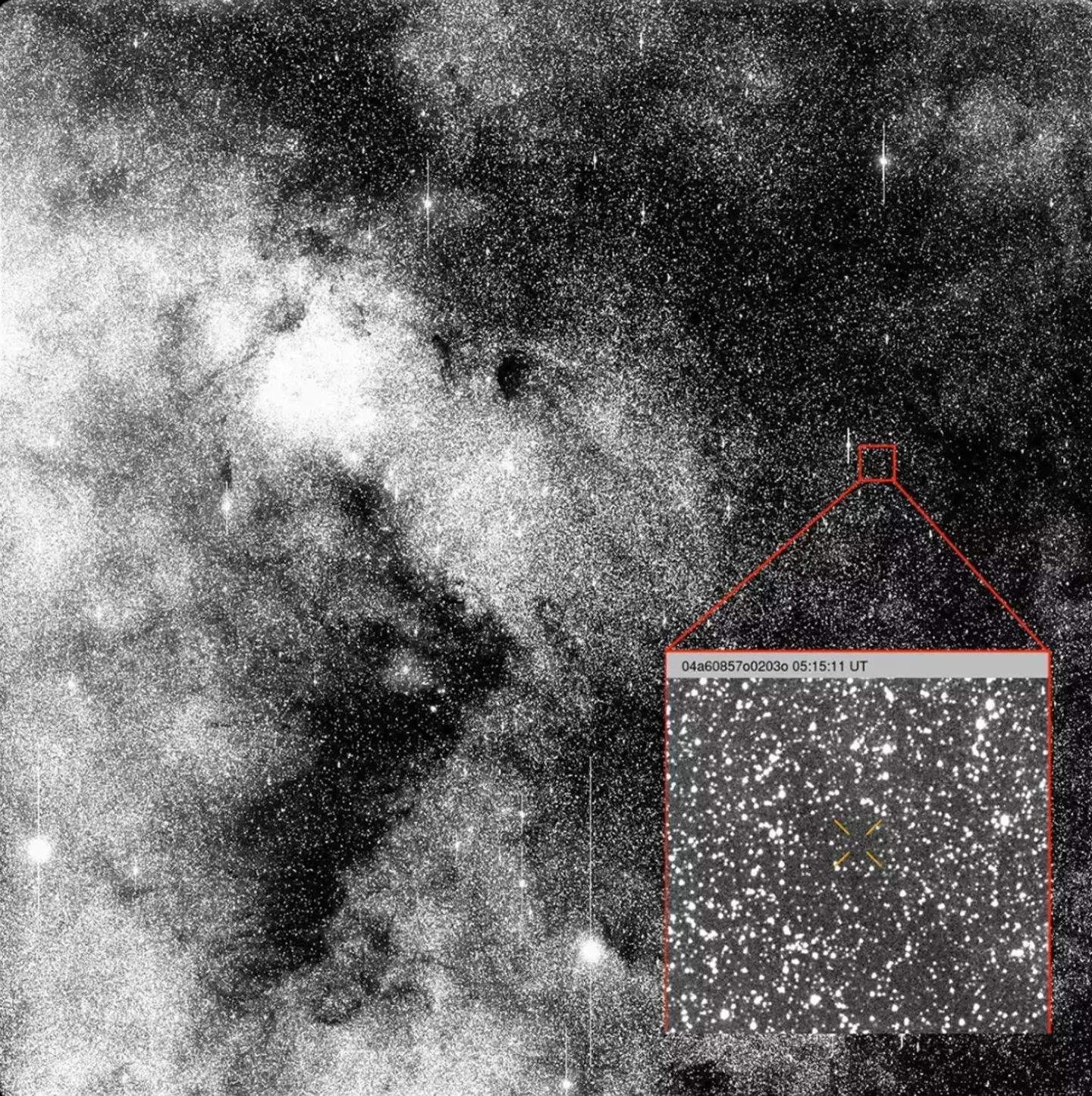
A Harvard scientist has suggested a 'hostile' object coming at us on Earth is an advanced 'mothership' after a warning was previously issued.
3I/ATLAS was first spotted tumbling towards our solar system back in July, by the NASA-funded ATLAS survey telescope at Río Hurtado, Chile.
It's only the third known object to originate from interstellar space - meaning it came from beyond our own solar system and true realms of possibility.
Advert
Scientists ultimately came to that conclusion because the object was traveling too fast to be bound by the Sun's gravity, at more than 41 miles per second.
The anomaly was previously described as ‘possibly hostile’ amid fears it could wreak havoc on planet Earth.
Experts are continuing to monitor the situation, after a previous warning was issued.
"The consequences, should the hypothesis turn out to be correct, could potentially be dire for humanity," experts penned in a study.
Advert
Avi Loeb, Adam Hibberd and Adam Crowl are the experts to have worked on the research, and are closely monitoring what the object will be doing in the coming months.
Come November, the entity, now dubbed an advanced 'mothership, will have slipped behind the sun and no longer be visible from Earth.
"This could be intentional to avoid detailed observations from Earth-based telescopes when the object is brightest or when gadgets are sent to Earth from that hidden vantage point," Loeb said.
Advert
The Harvard scientist has also been speaking to CNN following the publication of findings and has claimed there is one key difference to the 3I/ATLAS that is found with a regular comet.
"Usually, for comets, you see a tail trailing behind the object," Loeb told the outlet. "Here, the glow is actually in front of it. We’ve never seen such a thing. A comet doesn’t glow in front."
Not everyone is convinced by Loeb's theory, however, with an astronomer from the University of Regina in Canada claiming all evidence suggests 3I/ATLAS is an 'ordinary comet'.

Advert
She said: "All evidence points to this being an ordinary comet that was ejected from another solar system, just as countless billions of comets have been ejected from our own solar system."
To be honest, even Loeb has said his theory may be a little outlandish, and that things may be subject to change.
"By far, the most likely outcome will be that 3I/ATLAS is a completely natural interstellar object, probably a comet," Loeb said. "This paper is contingent on a remarkable but, as we shall show, testable hypothesis, to which the authors do not necessarily ascribe, yet is certainly worthy of an analysis and a report."
